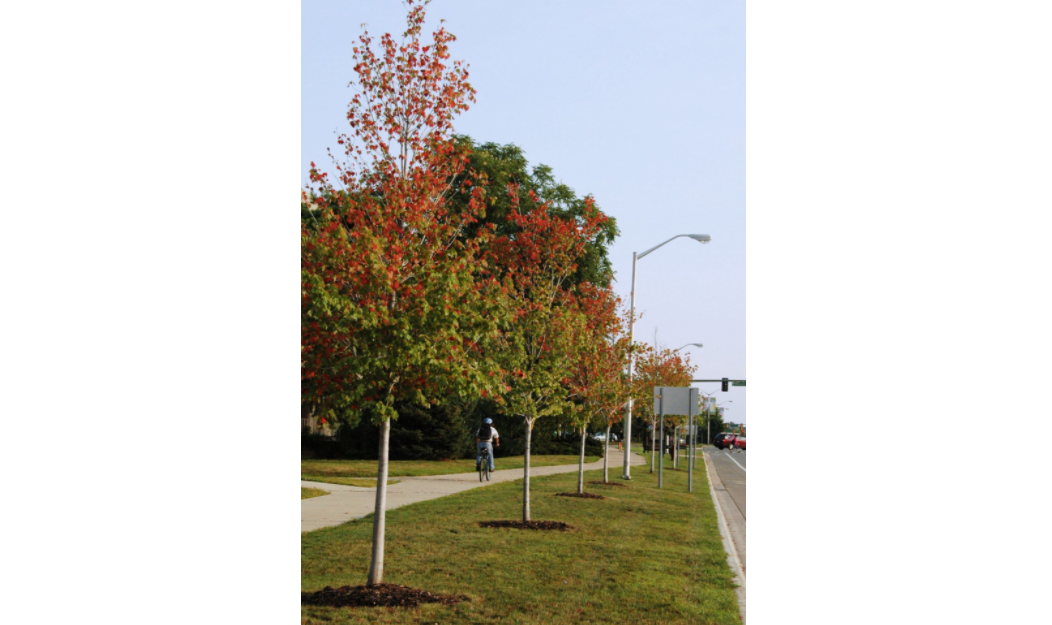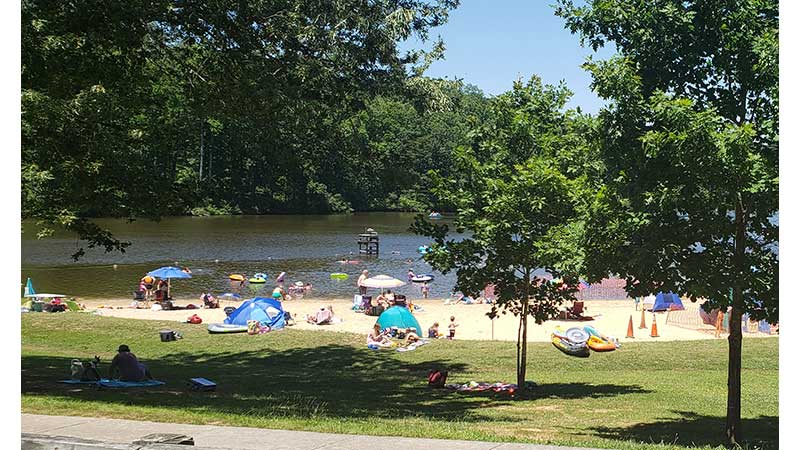Red Maples with green leaves?
Published 11:14 am Wednesday, October 6, 2021

- Red maples can be seen sporting green leaves. (Photo byBert Cregg, Michigan State University Extension)
|
Getting your Trinity Audio player ready...
|
During a plant clinic on Sept. 18 at the Smithfield Farmer’s Market, a visitor asked why her Red Maple (Acer rubrum) did not turn red this year. According to a Piedmont Master Gardener article, “Not all red maples turn red in the fall.” More dependable varieties are identified as “rubrum” because of their overall redness, not just the color of the leaves. This description of course does not answer the question, “Why did the redness change this year to greener foliage?”
Michigan State University Extension author Bert Cregg suggests probable causes in his article titled “Moisture Stress and Lack of Nutrients Contribute to Maple Color Issues.” I suggest if you’re having abnormal leaf color changes you take a moment to look up this article. Most gardeners I speak with agree this growing season has been abnormal because we have experienced; a late frost, very wet, very hot, and very dry periods. A day or two of these conditions does not seem to impact regular growing, but when these conditions exist for a week or two at a time, the transition from one to the other creates stress and can cause disease, die off and color changes.
Could lack of nutrients be this home gardener’s issue? Of course, all plants and animals require nutrients. In fact, lack of nutrients in plants causes chlorosis, or extreme yellowing. On red maples, chlorosis gives leaves a greener appearance.
So, it seems we have not eliminated the cause of this particular issue, in fact, it could be either, or both. It is likely that weather related stress is the most likely cause, because it would seem unlikely that there was a big change in nutrient levels for this particular tree this year compared with past years. That said, while we cannot test or improve the weather this last year or next year to ensure optimum growing conditions, we can test the soil for adequate nutrients. Soil tests are a reliable and low-cost way to determine nutrient deficiencies and get recommendations to correct them. For more information go to www.soiltest.vt.edu, contact the Isle of Wight Extension office or meet an Extension Master Gardener at an upcoming plant clinic where we can give you collection materials and information.
One last thought on how our practices can actually reduce stress in trees. The “flare” of a tree is where the bottom part of the trunk starts to get dramatically bigger and it extends to the top of the roots. Remember this, especially for mature trees, “Flares need air.” Mostly because they need to be dry most of the time. Structurally, the flare is one of the most import parts of a tree, and if it is wet, moldy, or rotting, the tree will be severely stressed. Mulching around the tree to retain moisture is good but not in the flare area. In my opinion an exposed flare can be far too beautiful to cover up.




